Early Sports Specialization – Right or wrong?

Should athletes specialize at a young age or be involved in multi-disciplinary sports?
Studies show that young athletes often see specialization as a prerequisite to advancing — making the varsity team, earning a college scholarship or progression to the professional level
says Tory Lindley, NATA’s president, in a released statement.
Sport specialization can be defined as the intensive year-round training in a single sport at the exclusion of other sports. The 10,000-hour rule forms the basis of the utility of early sport specialization. The concept of the 10,000-hour rule is that it takes 10,000 hours to become an expert in a field. The rule is based on a 1993 study on violinists at the Berlin Music Academy, where it was found that on average, they had spent 10,000 hours practicing the violin by the age of 20. Much pushback and criticism was directed back at the concept due to the many flaws of the study including
- Rejection of natural talent
- Differences in learning
- Discounting for the quality of practice
A follow up study showed confounding evidence that whilst the least accomplished violinists did spend the least time practicing, those grouped ‘best’ and ‘good’ completed the same amount of practice. It is of course not to say that thousands of focused hours and ultimate commitment are not necessary to become an elite athlete, as they are; however 10,000 hours is not the magic number to achieve an elite status, the rule is an oversimplification of the process.
Practice makes you better than yesterday, most of the time. But it might not make you better than your neighbour– Brooke MacNamara
Sport Specialization today
Today, the world of youth sport is highly professionalized and competitive. Making it to the professional ranks in sport, with the possibility of receiving an absurd amount of money for a hobby is a dream of many young sporting enthusiasts. Gaining any competitive advantage over like-minded individuals seeking the same success is of ultimate relevance. As result, sport specialization is often seen to be a necessity in order to reach the elite stage as athletes seek to place all of their energy into their signature sport. A majority (77.7%) of high school athletic directors reported an increasing trend in sports specialization in one particular study. Research suggests that athletes involved in multidisciplinary sports (early samplers) are surprisingly more likely to reach elite status than those who specialize early on (early specializers) (Baker et al., 2005), however in sports that involve earlier peaking ages (e.g. gymnastics) specializing earlier appears to be linked higher achievement. Specialization in sport does have its merits and the narrative that specialization is inherently negative is again a simplification. However, many potential issues present with early specialization in sport. They include:
Overuse Injuries
One of the major push backs of early specialization is the increased incidence of overuse injuries. Athletes classified as highly specialized tend to complete the same movement patterns over and over again, and have been associated with a greater volume of vigorous activity . At a young age this can place excessive stress on the targeted muscles and joints and has shown that highly specialized athletes are more likely to report injuries than moderate/low specialized athletes including overuse injuries.
By partaking in multiple sports, athletes are more likely to experience specific demands, dependent on the sport, which are more likely to vary the stress placed on the body. Furthermore, athletes who partake in multiple sports demonstrate greater gross motor control, speed and agility than those who specialize early on.
Athlete Burnout
The pressure of being a successful athlete can contribute to an undesirable stress placed on the athlete physically and psychologically. Burnout can result in staleness, a reduction in performance and emotional issues such as mood and irritability. In a study by Leisha Strachan, Jean Côté and Janice Deakin, it was reported that early specializers were more likely to burnout. It was noted that physical and emotional exhaustion in particular were more prevalent amongst the specializers when compared to the samplers.
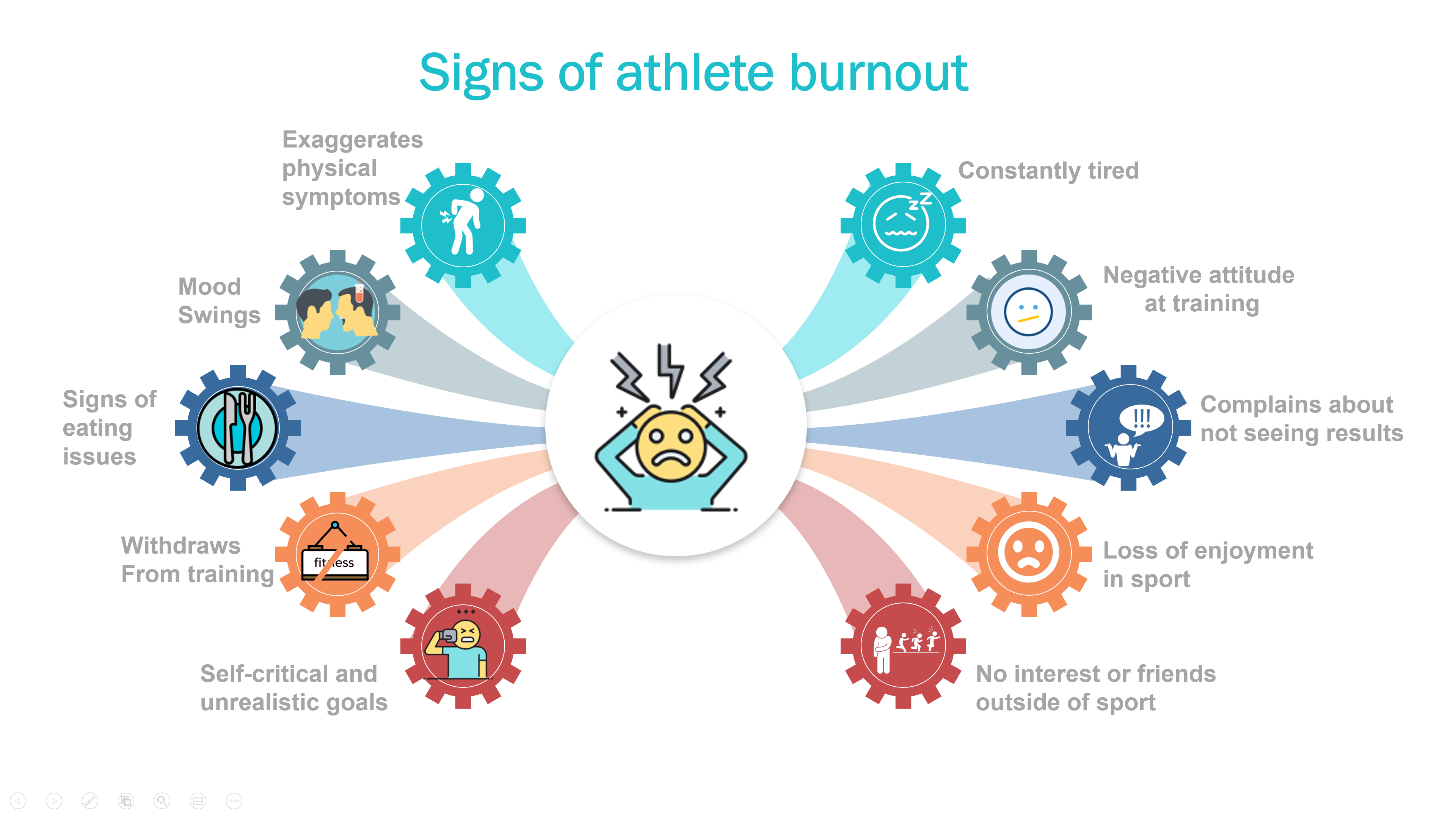
Enjoyment
Passions are not discovered – they are created. When a hobby/profession is loved for its own sake, athletes are more likely to keep working hard. Where training is partaken due to the passion or love for the sport, it is more likely enjoyed than where it is completed solely with the aim of achieving mastery.
A child who enjoys playing the violin may be happy to practice and focus on the task at hand because they do not see it as a chore – Brooke McNamara
The perception of control an athlete has in the decision making of specializing also bears a psychological influence on individuals. In Patterns of Specialization in Professional Baseball Players, Richard Ginsburg found that only 44% of athletes deemed that the decision to specialize was self-determined. Ginsburg found the athletes father was a common influencer in the decision to specialize. Other influences included coaching staff, school size, sport administrators and other family members.
Lack of Sampling
It is highly probable that natural talent plays a large role in determining the success of individuals in sport. Each individual will have particular sports that they show more talent in. One of the major issues is specializing too soon. By specializing too early individuals lower the possibility of finding the sport that they are more talented at. A study of U.S. collegiate undergraduates who formerly competed in a variety of sports indicated that most participants (i.e. 71%) specialized prior to age 10, with the most commonly reported age at specialization being six years old. A comparison on Portuguese athletes found that athletes who reached expertise specialized in their signature sport significantly later than those who had started on an elite-track early in their life but had failed to reach expertise. This may be somewhat explained by a failure to sample and find sports in which their innate aptitudes are greater.
In Associations of Early Sport Specialization and High Training Volume With Injury Rates in National Collegiate Athletic Association Division I Athletes, the authors concluded:-
NCAA Division I athletes with ESS (Early Sport Specialization) and/or a high training volume sustained more injuries and missed more time because of an injury, but those with ESS were more likely to be recruited and receive a college scholarship. This knowledge can help inform discussions and decision making among athletes, parents, coaches, trainers, and physicians
Recommendations
A critical finding from a systematic review on Youth Specialization was that athletes of all pathways (not just early sampling) frequently reported enjoyable sport experiences, and that some athletes who reached elite status did so through early specialization. It’s important to note that while there are certainly risks involved with early specialization which should be considered carefully, it is not automatically “incorrect” for an individual athlete. The review concluded to encourage sports medicine practitioners to inform youth sport stakeholders of the adverse consequences associated with youth sport specialization, whilst also encourage thorough analysis of the individual athlete’s characteristics and context of participation.
For most sports, there is no evidence that specialization before puberty is required to reach the elite stage. Therefore, the exclusion of other sports should be delayed until late adolescence to minimize the potential increased risk of injury, psychological stress, burnout, and lack of sampling.
Monitoring using Metrifit
Metrifit provides a simple and effective method for athletes to record their well-being and training responses as part of its athlete monitoring package. Metrifit’s daily traffic light report will indicate what issues athletes are having and who warrants a follow up. The analytics provided by Metrifit will also look for deviation from normal patterns at the individual level across many variables including stress, sleep, mood, health, muscle soreness and more. To find out more about the Metrifit Ready to Perform product and gain insight on the physical and mental state of your athletes through our daily well-being questionnaire contact us at .
About the author
Michael is a Sport Science student intrigued by understanding the variables and key determinants that impact an individual’s (athlete or general population) readiness to perform from both a psychological and a physiological standpoint. His primary areas of research revolve around physical development and the role of nutrition, sleep and stress in physical development. Michael works in multiple strength and conditioning environments from Rugby to Soccer to GAA, and also runs an online coaching service at Synthesize Coaching.

References
10,000 hours? Pure practice doesn’t make perfect, says new study
Sports Specialization in Young Athletes -Evidence-Based Recommendations
Characteristics of expert development in rhythmic gymnastics: A retrospective study
Training and specialization risks in junior elite tennis players
“Specializers” Versus “Samplers” in Youth Sport: Comparing Experiences and Outcomes
Patterns of Specialization in Professional Baseball Players
Training and psychosocial patterns during the early development of Portuguese national team athletes
The Role of Deliberate Practice in the Acquisition of Expert Performance








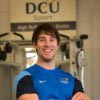




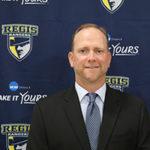




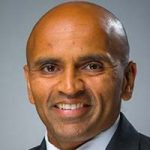






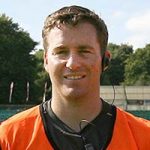




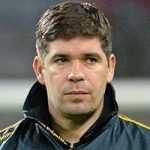

 Previous Post
Previous Post Next Post
Next Post





